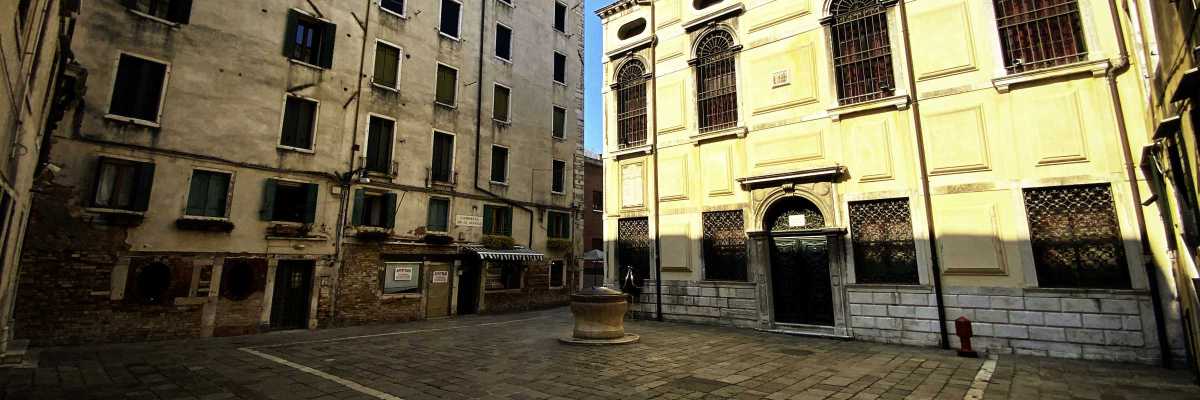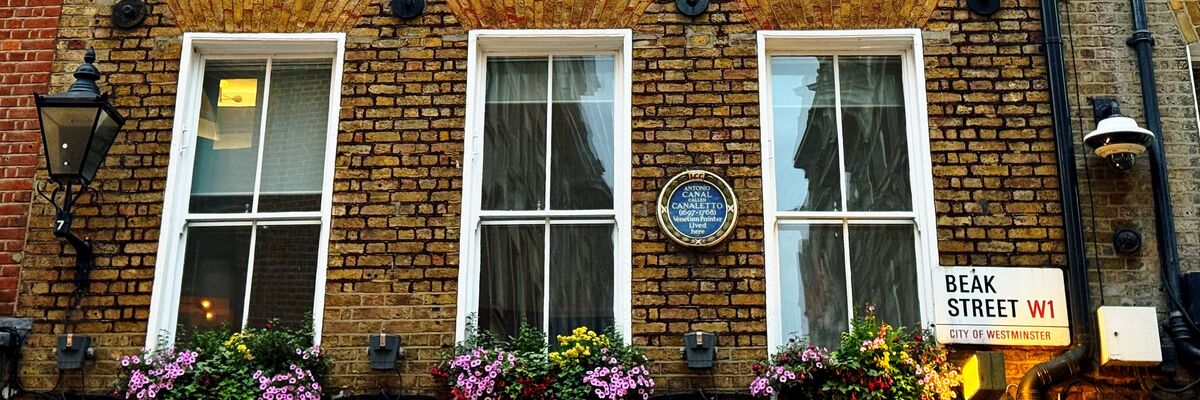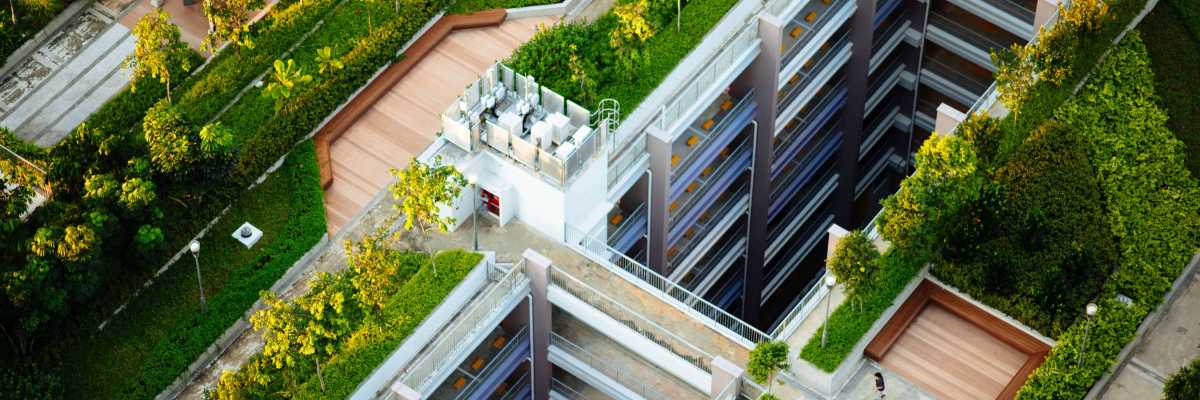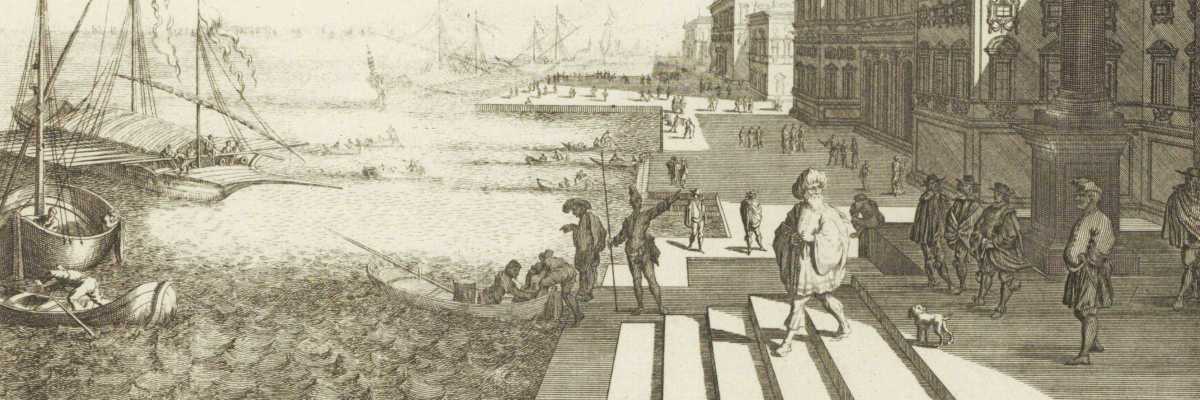Protect artworks from climate change. In an era in which the certainty of an increasingly critical climate has become a reality, where the risk of more frequent and more intense flooding forces all coastal realities to deal with adaptation and mitigation plans, also artworks are at risk.
In 2019, Venice experienced an exceptional tidal wave that brought the city and its lagoon to its knees, and many cultural institutions, along with the works they have preserved. The Louvre is certainly not located in a coastal area, but it is still located in a risk area, in low ground along the banks of the River Seine for which a probable increase in flooding of 40% is expected, due to the change climatic.
In 2016, the floods in Paris were so severe that the museum was threatened, triggering an emergency operation - around the clock - to wrap, pack and transport thousands of works of art from its storage to a higher level. high. About 250,000 works are currently stored in 68 different locations, both inside the Louvre building - mainly in flood-prone areas - and elsewhere in temporary storage spaces awaiting a permanent solution.
After discarding the idea of building a solution in Paris, which is too expensive and impractical, the French museum identified it in the town of Liévin, near Lens - where the Louvre-Lens museum is already located.
Image
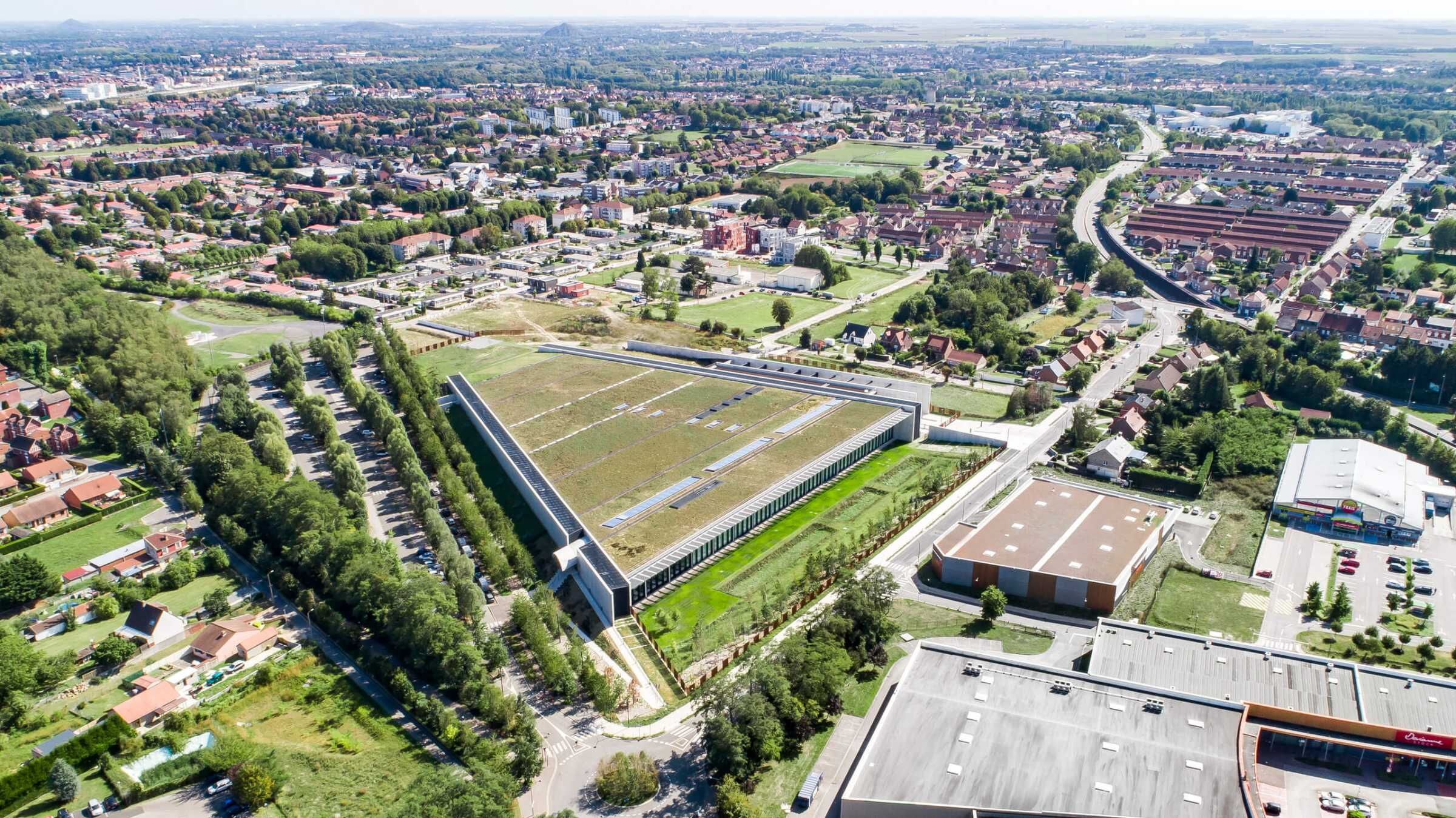
A new, safe home for around 250,000 art objects and artworks. The Louvre Conservation Center, designed by the British architecture firm Rogers Stirk Harbor + Partners, was inaugurated on 8 October 2019 and due to its size makes it one of the largest study and research centers in Europe. Here, by 2024, the approximately 250,000 works at risk will be transported, of which more than 100,000 have already been secured since the inauguration. The largest transfer operation in the history of the Louvre.
The Center will bring together collections from the current 68 storage sites into a single functional space to provide optimal conservation conditions and improve access for the scientific community. It also becomes an opportunity to modernize conservation, study and working conditions for researchers and to reconsider how reserve collections are organized. This project moves parallel to the plan of creating flood-proof warehouses, for each department, of the Louvre building itself (for works in transit, loan replacement works, etc.), as well as study galleries in the permanent collections.
The substrate of calcareous sand above the equally calcareous rock on which the Center is made up absorbs excess precipitation. And thanks to a special leak detection system made by the German company Progeo, it guarantees a double waterproofing of the roof. Complex security systems - such as the five levels of security between the parking lot and storage areas - protect against terrorist attacks and fires. Bright green lighting throughout the structure prevents equally harmful attacks from natural enemies such as woodworm.
The works of art arrive in a garage where they are unloaded and placed in a temporary chamber in order to acclimatize them to the surrounding environment and eliminate contaminants.
Image
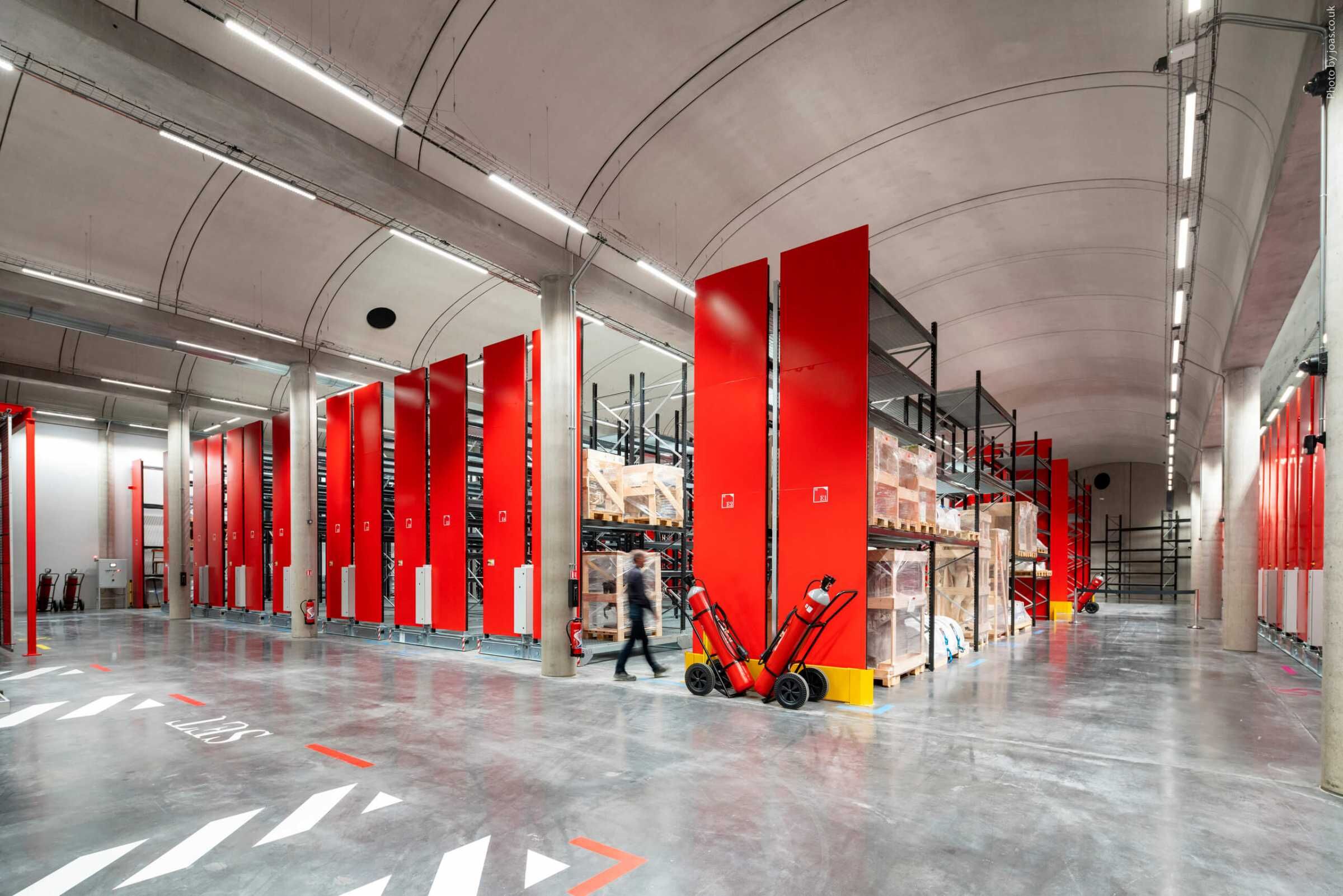
A bioclimatic building. Energy is generated by heat pumps, one third of which comes from geothermal, ensuring a high level of energy performance. 75% of construction waste was recycled. A large flowery meadow develops on the roof, sown with 27 species of plants.
Rainwater is collected by a system of roof gutters, channeling the liquid into channels around the building before returning to the ground. The network is large enough to easily handle the centennial rains (hydrologically speaking, when every year statistically begins with a 1% chance of being subject to an extreme flood that causes, for example, the flooding of a river. This is based on historical observations of the area. — the ones that cause flooding of the Seine, for example) should they occur. A plant filter, consisting of about 100 planted trees, visually distinguishes the building from its environment. Being built mostly under the ground allows for regular internal climate regulation to be maintained, without influences from the external climate.
A relief for the works, but also for the researchers and scholars who can carry out in-depth research on the objects and works of art kept in the Center, away from the Parisian crowds and the worries of floods.
A shared expense. The overall operating budget of the project amounts to 60 million euros, excluding property expenses, of which 42 million euros for construction. The breakdown of funding is as follows: Musée du Louvre (34.5 million euros - largely from the brand license granted to the Louvre Abu Dhabi), European Union + ERDF (18 million euros), Hauts Region- de-France (5 million euros) and the Ministry of Culture (2.5 million euros).
The Lens-Liévin urban area also contributed up to € 2.66 million to the project, which takes into account the cost of ownership, preliminary studies and site maintenance. It also supplied the land to the state, for use by the Louvre, for a symbolic cost of € 1.
The centre's operating costs will be fully covered by the Louvre, thanks to a portion of the interest earned by the Louvre Endowment Fund, which provides constant and sustainable income.
Other museums are moving similarly to the Louvre: the British Museum is currently building future storage spaces in Shinfield, about 80km west of London. And the Netherlands is acquiring a new collection center in Amersfoort, about 50km from Amsterdam, to which the Rijksmuseum is helping to build.

